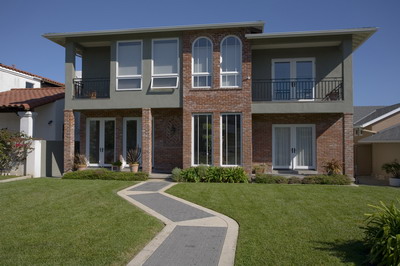 |

In this DIY guide we'll go over all the basics of how to build a flat roof. From the materials to the actual installation, we'll provide an extensive step by step guide. We'll focus mainly on the EPDM flat roofing system.
The following instructions refer to how to build a flat roof of EPDM:
- Drill
- Scissors
- Paint
- Glue brush
- Seam roller
- 9" fleece type emulsion roller
- measuring tape
- tin snips
- EPDM rubber membrane
- Water-based adhesive
- Formflash EPDM
- Aluminum trim
- Sealant
- Prefabricated internal and external corners
- Adhesive cleaner
How to replace a roof is a two step process that will strongly depend upon the kind of roof you own. There are many kinds of damage that can occur, including holes, leaks, rust, decomposition, discoloring, tearing, and more.

|
From residential to commercial roofing, we provide all roof installation and roof repair services for flat and sloped roofs.